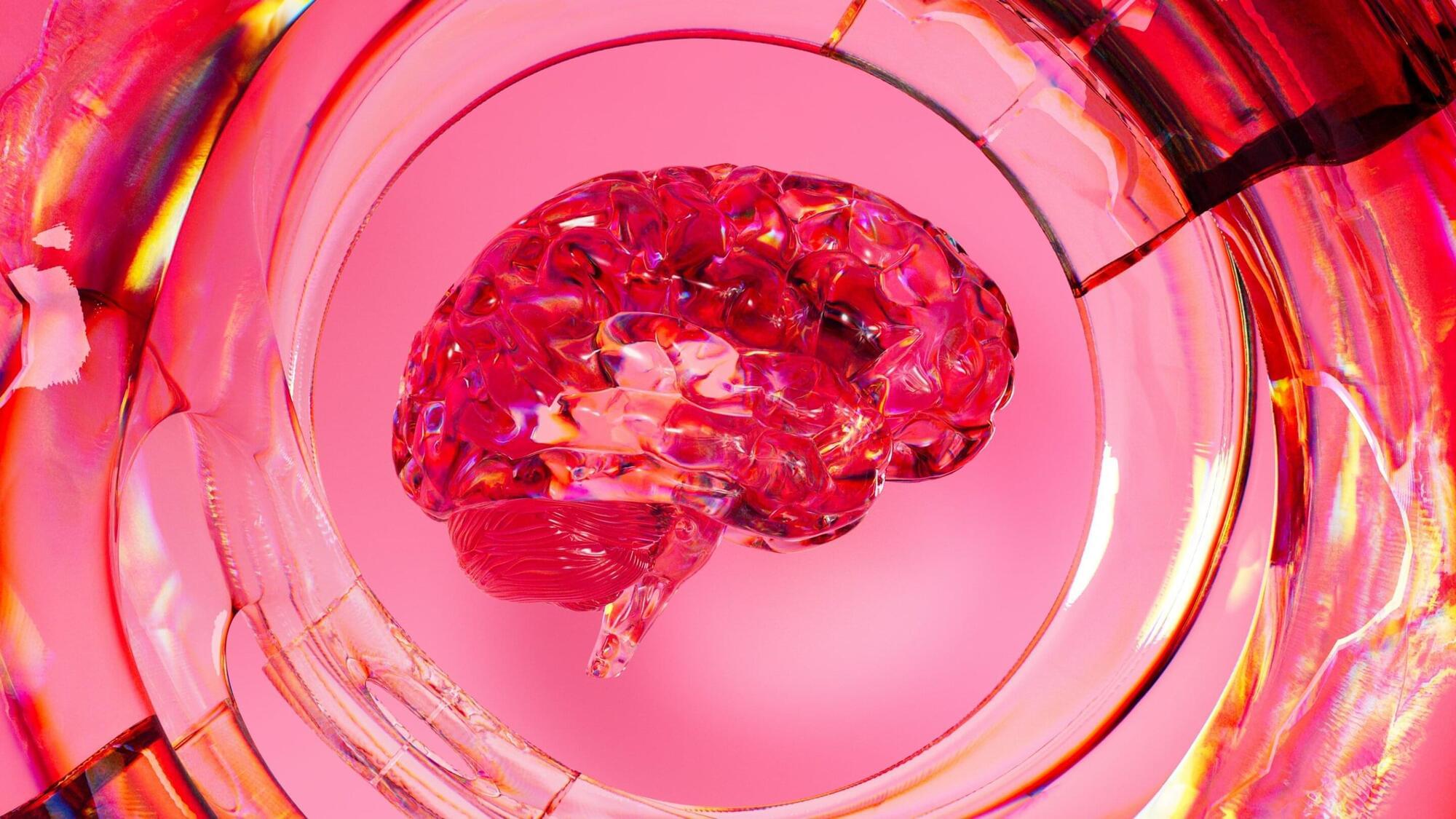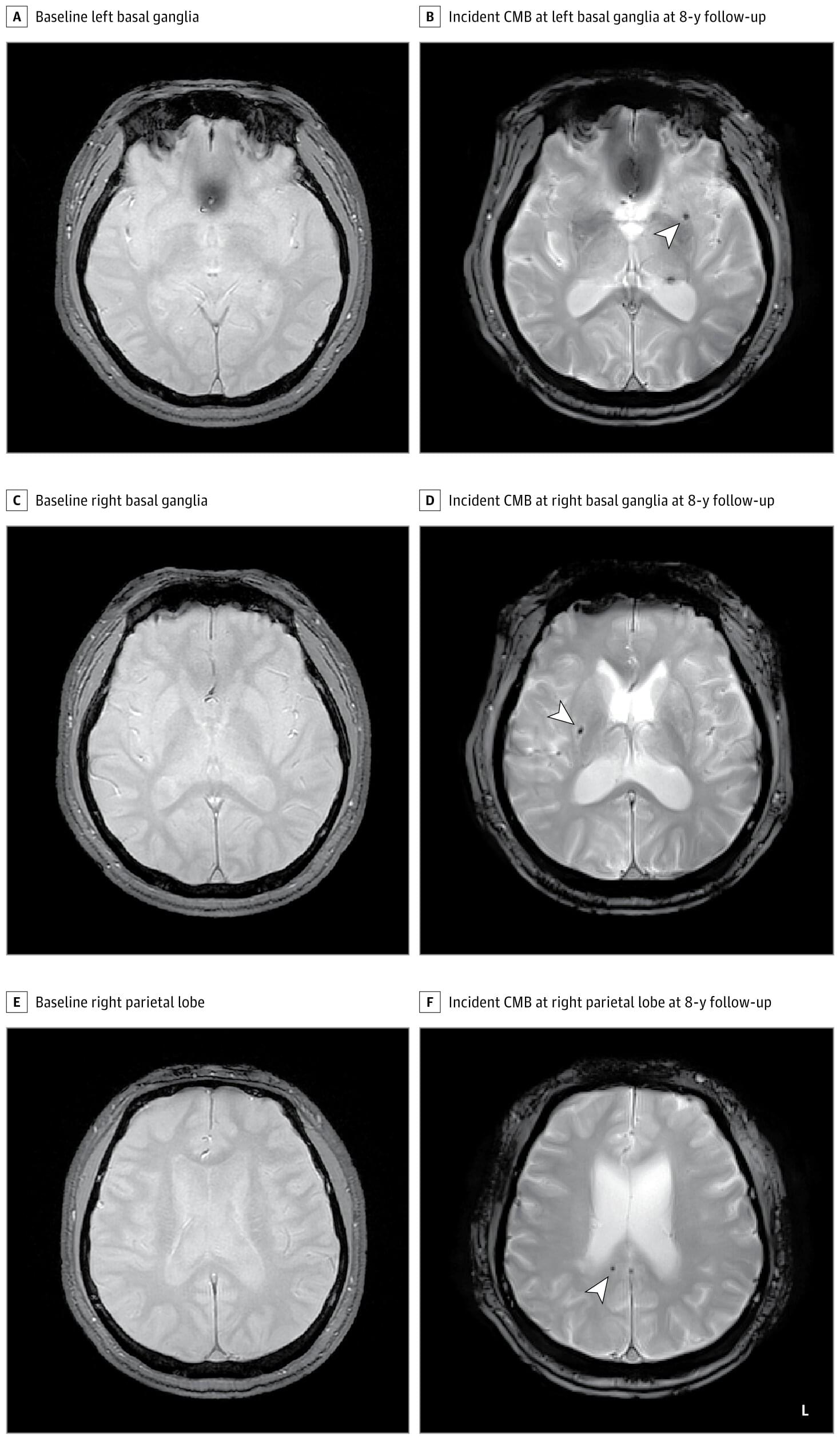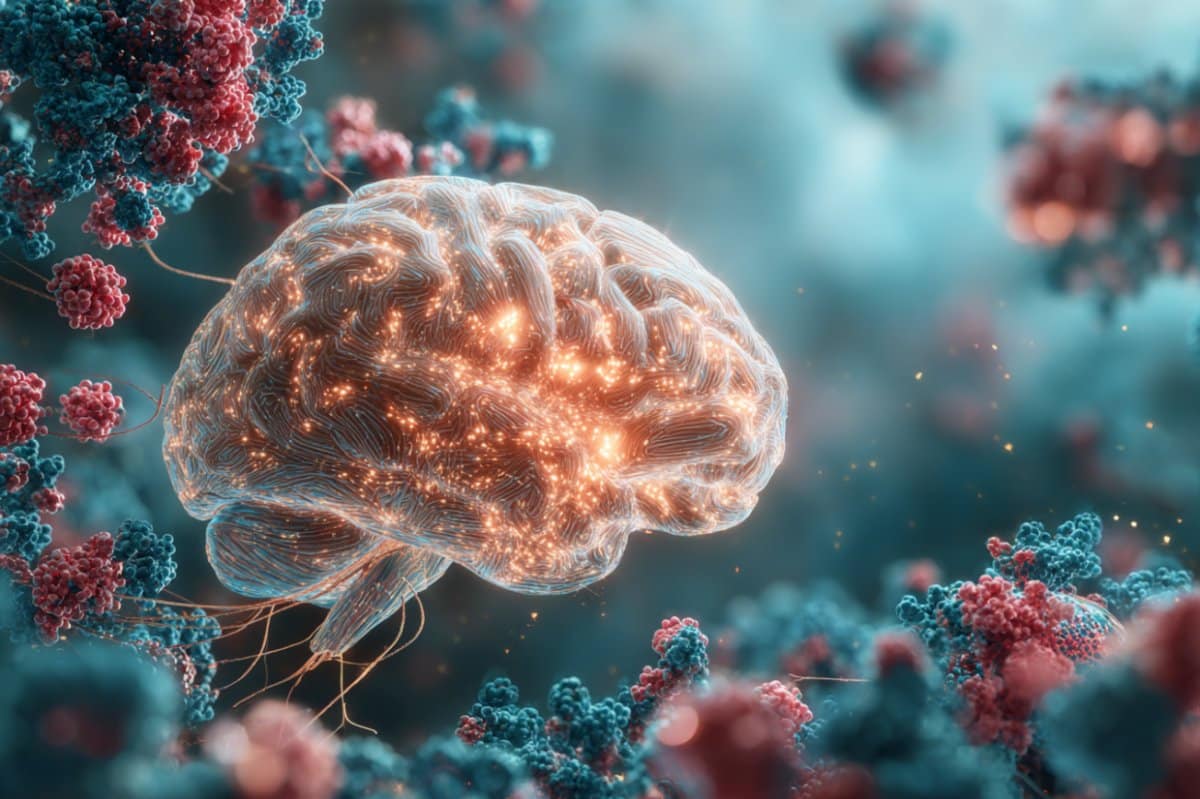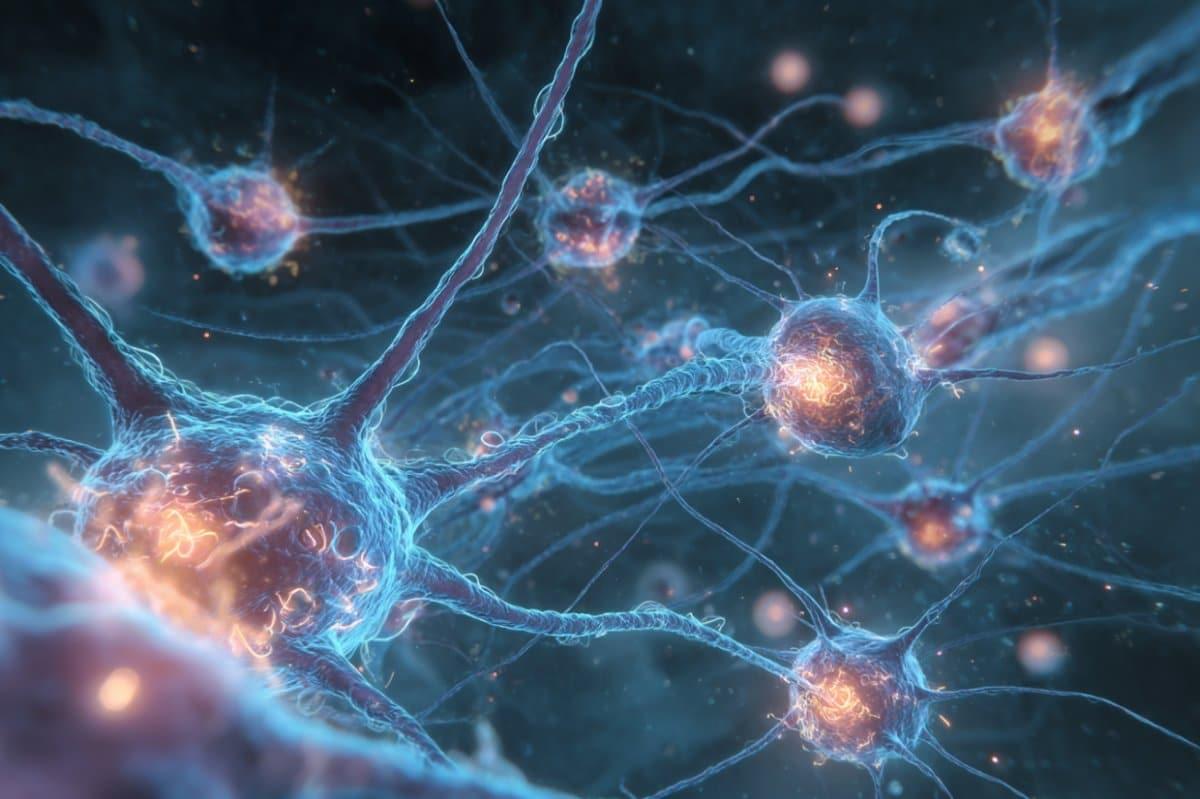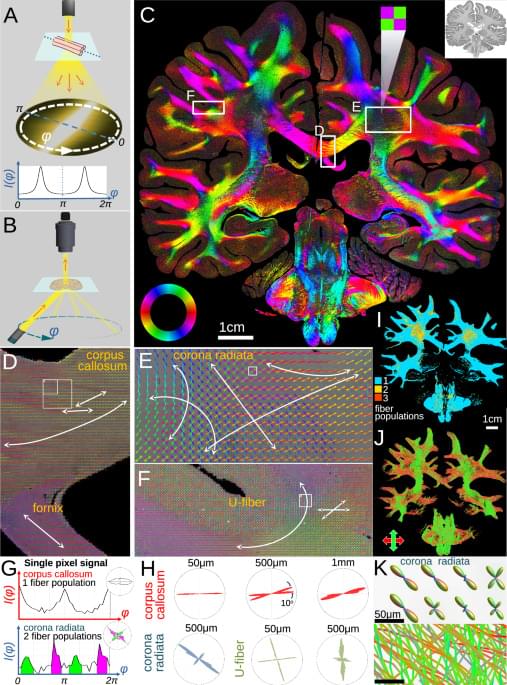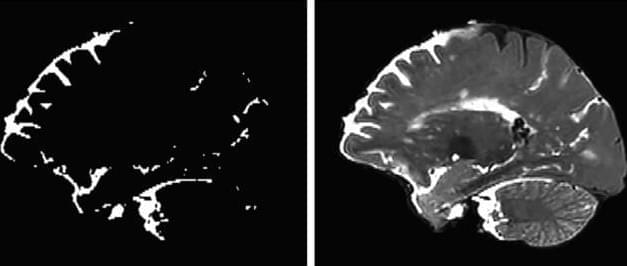Depression is one of the most widespread mental health disorders worldwide, characterized by persistent feelings of sadness, a loss of interest in everyday activities, dysregulated sleep or eating patterns and other impairments. Some individuals diagnosed with depression also report being unable to pay attention during specific tasks, while also experiencing difficulties in planning and making decisions.
Recent studies have uncovered different biotypes of depression, subgroups of patients diagnosed with the condition that exhibit similar neural circuit patterns and behaviors. One of these subtypes is the so-called “cognitive biotype,” which is linked to a reduced ability to focus attention and inhibit distractions or unhelpful thinking patterns.
Researchers at Stanford University School of Medicine and the VA Palo Alto Health Care System recently carried out a study assessing the potential of guanfacine immediate release (GIR), a medication targeting neural processes known to be impaired in people with the cognitive biotype of depression.


